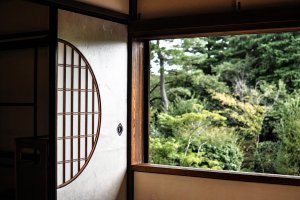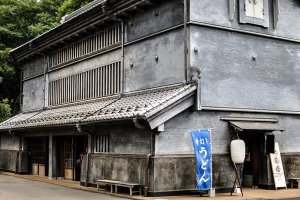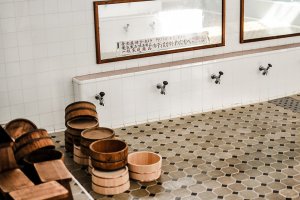The latest Studio Ghibli production, “When Marnie Was There” made its official theater debut this summer. Sadly, I’ll have to wait for the version with subtitles. Marking the studio’s first film since Miyazaki’s retirement back in 2013, the feature is highly anticipated by fans and critics alike.
In honor of the film’s release, The Edo-Tokyo Open-Air Architectural Museum has curated a retrospective of the elaborate and intricately detailed architectures and interiors from Ghibli Studio’s fictional universe. Everything from extensive scaled models to blueprints and sketches from films dating back to the early 80’s will be showcased from now until December 14th. Perhaps one of my favorite Ghibli Studio exhibits to date, it is exceptionally thorough and thoughtful so expect to spend at least 30-60 minutes to digest everything.
One of the central large scale pieces on display was Satsuki and Mei's home from the feature “My Neighbor Totoro”. Towering over this model, you have cross-generational fans from all walks of life passionately debating over which doorway Totoro first appeared on screen. In many ways Miyazaki’s vision of Japan is deeply woven into the fabric of the country’s national identity. The films deeply touched people’s hearts and captured their imagination. Ghibli fanatics enamored by the studio’s work over last four decades will not want to miss this!
The museum is situated within Koganei Park, about a twenty minute walk from the Higashi Koganei JR Station (Bus 東01, 東02 stops outside both the train station and park entrance). The area also happens to be where the Ghibli Studio itself is located, making this a very fitting venue for the exhibit. When you are finished with the show head on out to see the outdoor portion of the Open-Air Museum. With life-size reproductions of historical Japanese houses scattered about the seven-hectare premise, the museum is more like a small village. The bathhouse in the far end of the museum was rumored to be the central inspiration for the set of Spirited Away. Hayao Miyazaki was often sighted to have frequented the museum for inspiration.
































